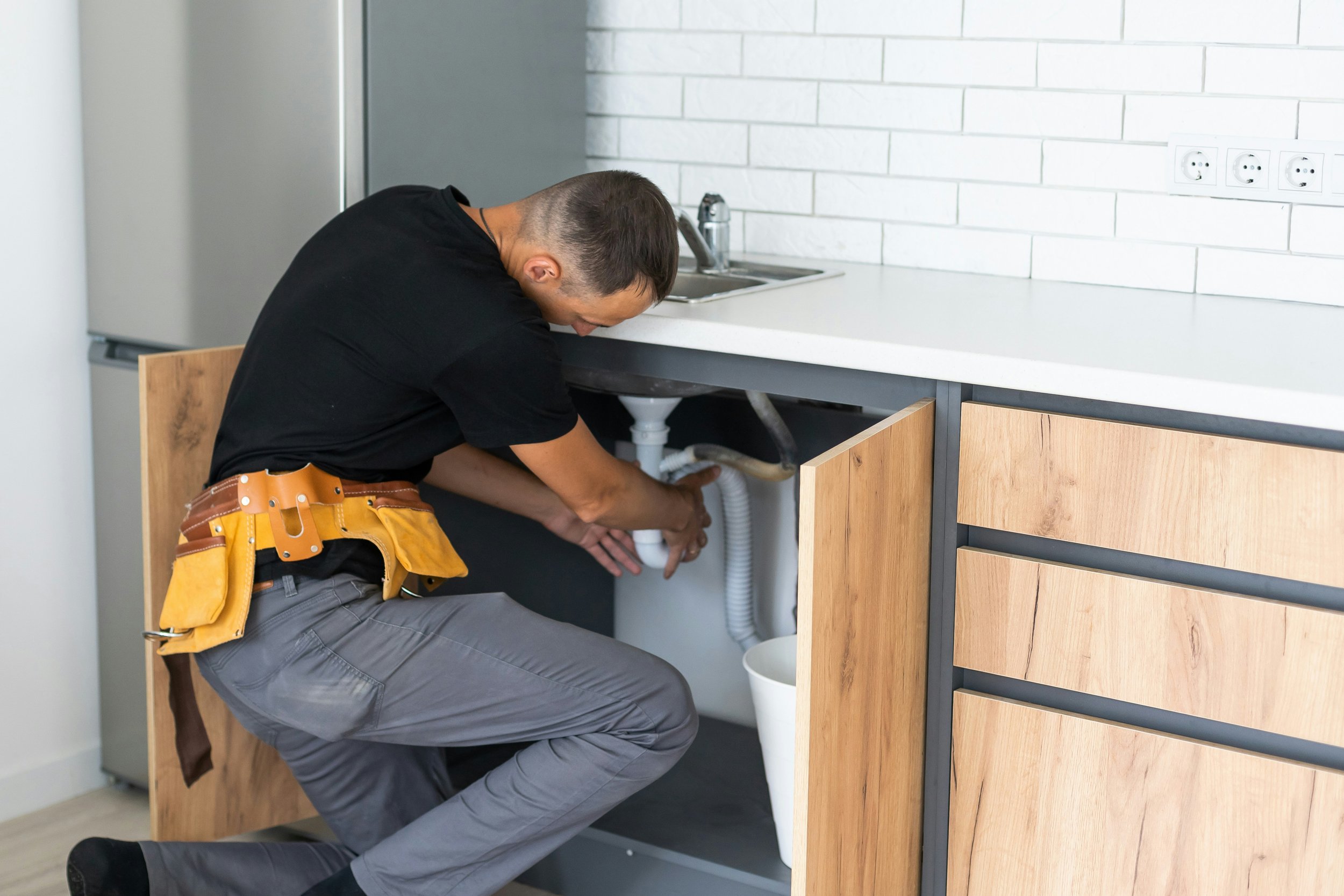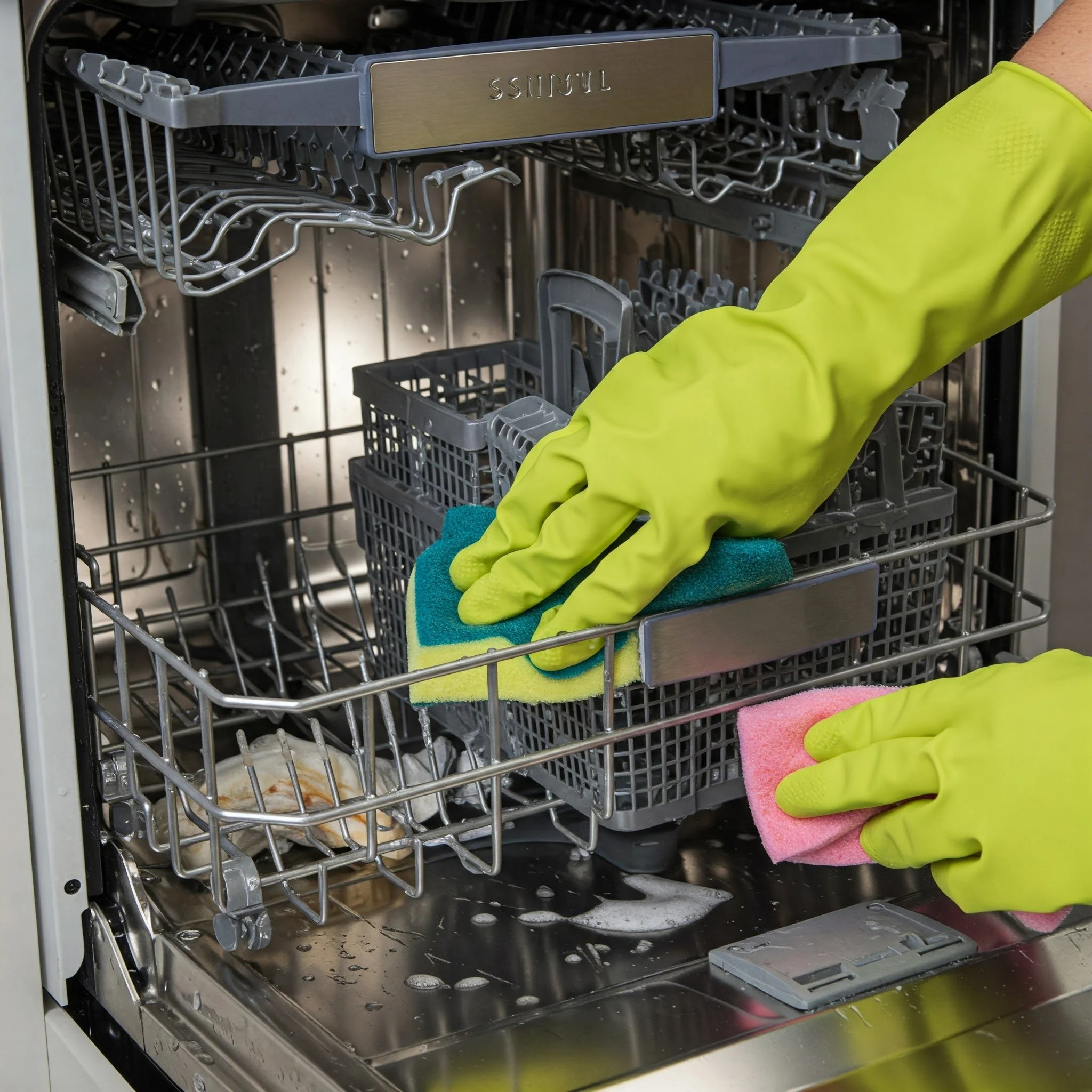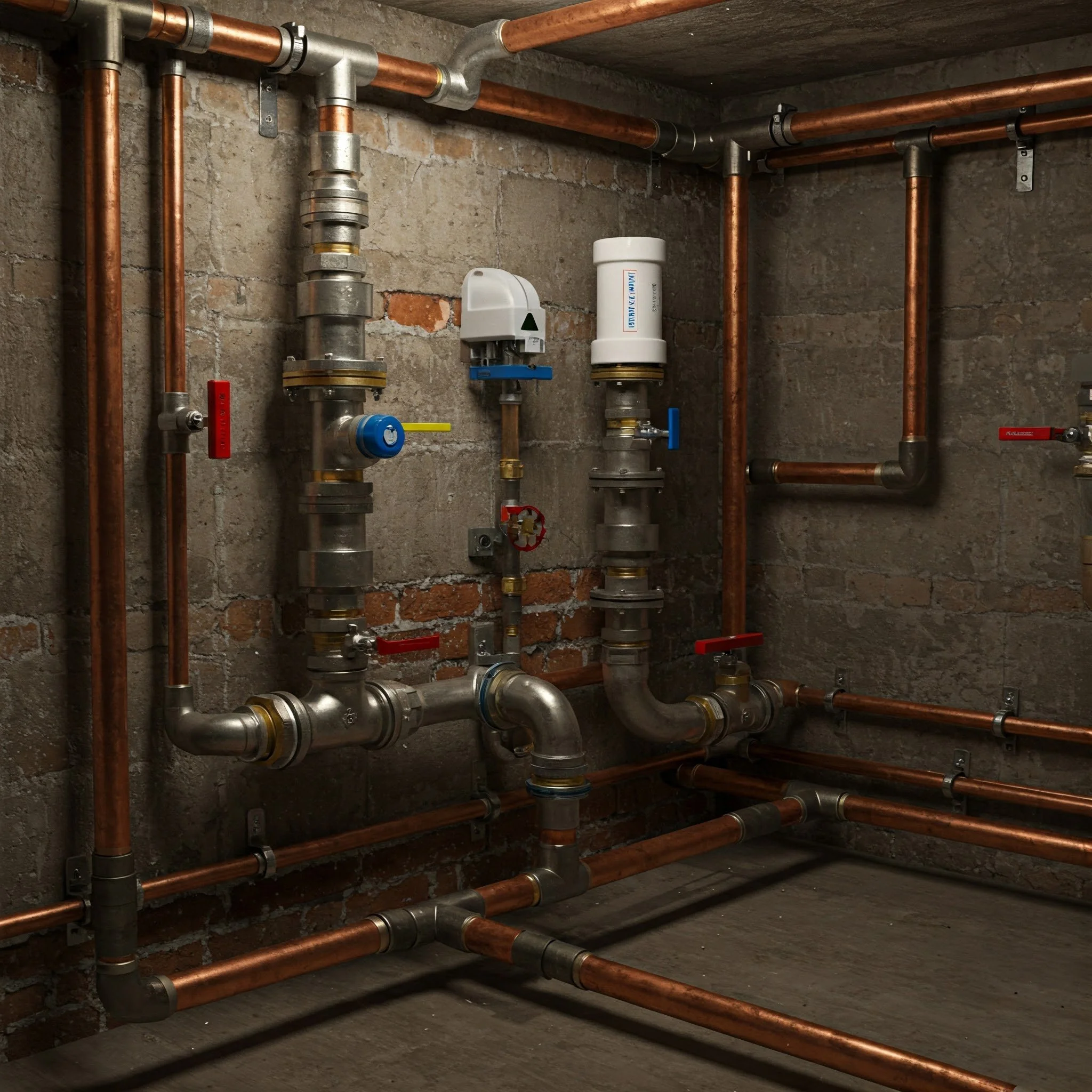How to Remove a Kitchen Faucet: Step-by-Step Guide
Ready to revamp your kitchen sink? Follow our comprehensive step-by-step guide to removing a kitchen faucet seamlessly and efficiently, ensuring a smooth update to your kitchen’s centerpiece
Is your kitchen faucet showing signs of wear and tear? Maybe it’s leaking, rusting, or just ready for an upgrade. Replacing an old faucet may sound challenging, but with a bit of guidance and the right tools, you can do it yourself! Our comprehensive guide is here to help you remove your old kitchen faucet with ease. First, you'll need to gather some basic tools, including a basin wrench, an adjustable wrench, and some plumber's tape. Start by shutting off the water supply and disconnecting the water lines to prevent any messy surprises. Then, use the basin wrench to loosen and remove the nuts holding the faucet in place. With the hardware detached, lift out the old faucet, clean the area, and you’re ready to install your new fixture. Follow these steps, and you’ll refresh your kitchen’s look with your own hands. Let’s get started and give your sink a much-deserved facelift!
Preparing to Remove Your Kitchen Faucet
Before you start wrenching away, a bit of prep work will ensure that everything goes smoothly. Here’s what you’ll need to do first:
Gather Your Tools: For a successful kitchen faucet replacement, having the right tools is essential. You'll need an adjustable wrench and a basin wrench to handle the nuts and fittings. A pair of pliers will come in handy for gripping and tightening, while a screwdriver may be necessary for dealing with any screws involved in the fixture. With these tools at your disposal, you'll be well-equipped to remove your old faucet and install a new one efficiently.
Clear the Area: Before beginning your faucet replacement, clear the sink area of any items that could obstruct access. Removing cleaning supplies, sponges, and other under-sink items ensures you have ample space to work comfortably and safely, preventing any unnecessary hindrances during the installation process. This preparation step is crucial for a smooth operation.
Turn Off the Water Supply: Before starting any work on your faucet, it's crucial to locate the valves under the sink and turn them clockwise to shut off the water supply. Once the valves are closed, test the faucet to ensure no water flows. This step is essential to avoid any unexpected water spills as you work.
How to Remove a Kitchen Faucet: Step-by-Step Guide
Now that you’re prepped, let’s get into the nitty-gritty of removing that faucet.
Step 1: Disconnect the Water Lines
Access the Connections: To disconnect your faucet from the water supply lines, you'll need to use a basin wrench. This tool is specifically designed to reach the tight spaces under the sink where the nuts connecting the faucet are located. Position the wrench correctly and turn the nuts counterclockwise to loosen and remove them.
Loosen the Nuts: When loosening and disconnecting the nuts under the sink, be prepared for a small amount of water to spill out. It’s a good idea to have a towel ready to quickly mop up any drips. Carefully turn the nuts counterclockwise to detach the faucet from the water supply lines, minimizing the mess.
Step 2: Remove the Mounting Nuts
Locate the Nuts: The mounting nuts securing the faucet are typically located directly under the sink. These nuts hold the faucet firmly in place, and you’ll need to loosen them to remove the fixture. Using a basin wrench, carefully turn the nuts counterclockwise, ensuring you don’t damage any surrounding components during the process.
Unscrew the Mounting Nuts: To remove the mounting nuts, use a basin wrench or a socket wrench to turn them counterclockwise. Once the nuts are sufficiently loosened, you can unscrew them by hand for easier removal. This step detaches the faucet from its mounting, allowing you to lift it out and proceed with the replacement.
Step 3: Lift Out the Old Faucet
Check for Connections: Before removing the faucet, double-check that all water supply lines and connections are fully disconnected. This ensures no resistance or damage when lifting the faucet out. Take a moment to inspect each line, confirming they’re detached, to make the process smooth and prevent any accidental leaks or complications.
Remove the Faucet: Once all connections are detached, gently wiggle the faucet to loosen it from its position. Over time, grime or sealant may cause it to stick, so a little movement helps break the hold. Carefully lift the faucet out of the sink, taking care not to damage the surrounding surfaces.
Step 4: Clean the Sink Area
Scrub the Surface: After removing the old faucet, clean the area where it was seated. Use a scraper or cloth to remove any grime, old plumber's putty, or sealant residue. Ensuring a smooth, clean surface is essential for a proper seal and secure installation of your new faucet, preventing leaks and enhancing durability.
Prepare for the New Faucet: A clean surface is essential for achieving a proper seal when installing your new faucet. Removing all residue, grime, and old sealant ensures the new faucet sits securely and prevents leaks. Taking the time to thoroughly clean the area will help your new fixture function efficiently and maintain its longevity.
Tips for a Smooth Removal
Take Your Time: Avoid rushing through the installation process, as it can lead to stripped screws or damage to your sink. Taking your time ensures each step is done correctly, protecting both the new faucet and the sink's integrity. Patience and precision are key to a successful and hassle-free faucet replacement.
Photograph Your Setup: Before starting the disconnection process, take a few photos of the current setup with your phone. These snapshots can be incredibly helpful if you need to recall where each part belongs during reinstallation. It’s a simple step that saves time and prevents confusion, ensuring a smoother faucet replacement process.
Label Everything: When disconnecting the water lines, label them with tape to indicate which is hot and which is cold. This small step eliminates guesswork during reinstallation, ensuring the correct connections and preventing potential mix-ups. Proper labeling makes the process smoother and helps you avoid frustration while setting up your new faucet.
Conclusion
Congratulations, you’ve just mastered how to remove a kitchen faucet! With your old faucet out and a clean slate prepared, you’re ready to install a new faucet that can transform the look of your kitchen. Removing a kitchen faucet is a manageable DIY project that not only saves you money on plumbing costs but also gives you the satisfaction of enhancing your home with your own two hands. Remember, the key to success is preparation and patience. So next time your kitchen needs a little updating, don’t hesitate to take the plunge!
Frequently Asked Questions
What do I do if the mounting nuts are corroded?
Apply a penetrating oil like WD-40 and let it sit for a few minutes. This can help loosen them without extra force.
How can I avoid damaging my sink during the removal?
Use a piece of cloth or rubber under your tools to protect the sink’s finish when you're working.
Can I replace the faucet myself, or should I call a professional?
If you’re comfortable with the removal, installing a new faucet is a similar process in reverse. However, if any part of the process feels out of your depth, it’s wise to call a professional.
What should I do if the water valves won’t shut off completely?
If the valves under the sink don’t stop the water flow entirely, you may need to shut off the main water supply to your home while you work.
How do I dispose of the old faucet?
Many metal components of the faucet can be recycled. Check with your local waste management to see if they accept metal plumbing fixtures.































